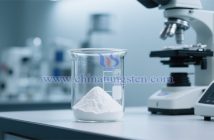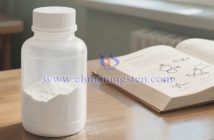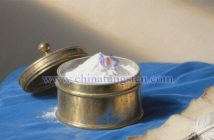Compared to sodium tungstate, potassium tungstate (K?WO?) exhibits distinct solubility and chemical reactivity due to the introduction of K? ions. From its role as an intermediate in metallic tungsten production to its function as an additive in photovoltaic cell electrolytes, this compound leverages an intrinsic logic of "ionic properties-crystal structure-application" to build diverse application scenarios in energy, materials, and analytical chemistry.
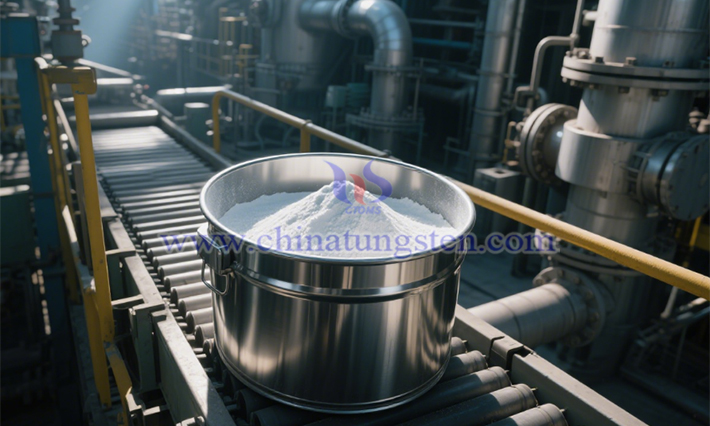
Potassium tungstate is a colorless or white crystalline powder composed of tungsten, potassium, and oxygen, existing as an ionic compound with a monoclinic crystal system. In its lattice, two K? ions are bonded to one WO?2? ion via ionic bonds, forming a layered structure that contributes to a density of 3.12 g/mL and a melting point of 921°C. Notably, the monovalent nature and larger ionic radius of K? result in a weaker binding force with WO?2? compared to divalent cations like Ca2?, leading to its characteristic high water solubility—a key distinction from most tungstates.
Solubility and Ionization Properties: K?WO? readily dissociates into K? and WO?2? in water, with solubility increasing with temperature, while it is nearly insoluble in alcohols, providing a basis for separation and purification. Acid-Base Reactivity: It reacts with strong acids (except hydrofluoric acid) to protonate WO?2? into tungstic acid, with phosphoric acid to form phosphotungstic heteropolyacid complexes, and with organic acids like citric or oxalic acid to form stable chelates. Thermal Stability: It must be stored in a cool, dry place, as high temperatures or humidity can cause decomposition.
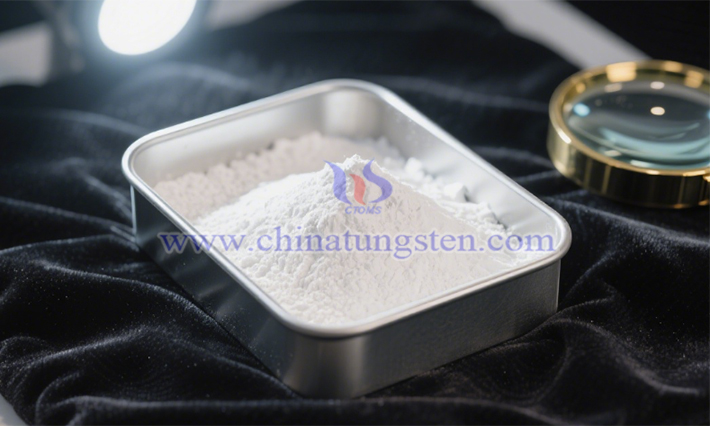
Synthesis Techniques:
Potassium Dichromate-Tungsten Powder Heating Method: Mix potassium dichromate with tungsten powder in a specific ratio and heat under an inert atmosphere; potassium dichromate oxidizes tungsten powder to WO?2?, yielding K?WO? and Cr?O?.
Tungsten Powder-Potassium Hydroxide Solution Oxidation Method: React tungsten powder with a potassium hydroxide solution under oxygenated conditions to produce potassium tungstate.
Tungsten Oxide-Potassium Hydroxide Hydrothermal Synthesis Method: Dissolve tungsten trioxide (WO?) in a potassium hydroxide solution, add potassium chloride to adjust the pH, and conduct the reaction under hydrothermal conditions to obtain potassium tungstate.
Applications: Potassium tungstate has wide-ranging uses beyond producing metallic tungsten powder and tungsten products. In ceramics, it serves as an additive to enhance strength and high-temperature resistance. As a photocatalyst, it facilitates pollutant degradation in photocatalytic reactions. In analytical chemistry, it acts as a reagent for detecting and analyzing certain substances. As a precipitant for alkaloids, it enables their precipitation from solutions for separation and purification. Additionally, it functions as an additive in photovoltaic electrochemical cell electrolytes, optimizing battery performance, efficiency, and stability.

